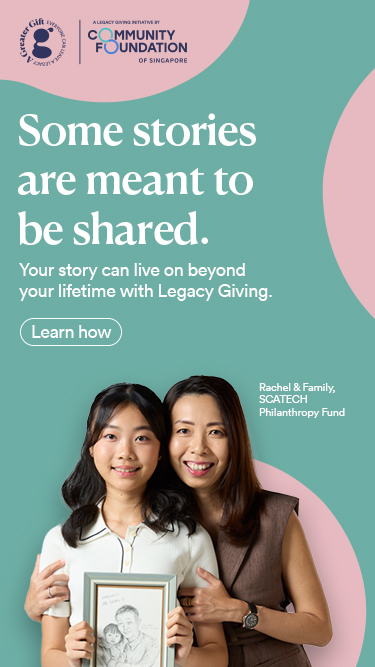ChannelNewsAsia: New film project to unearth stories about Singaporeans from the 1970s to the 1990s


15 films by 15 local filmmakers inspired by real-life stories of good from the ground. This homegrown project combining film and philanthropy is looking to crowdsource support through the Stories of Us Fund. The Community Foundation of Singapore is proud to manage the Stories of Us Fund with films curated by Daniel Yun and supported by the National Volunteer & Philanthropy Centre (NVPC). We can’t wait to see how these untold stories will unfold. Read more.
15 films by 15 local filmmakers inspired by real-life stories of good from the ground. This homegrown project combining film and philanthropy is looking to crowdsource support through the Stories of Us Fund. The Community Foundation of Singapore is proud to manage the Stories of Us Fund with films curated by Daniel Yun and supported by the National Volunteer & Philanthropy Centre (NVPC). We can’t wait to see how these untold stories will unfold. Read more.

.jpg)

